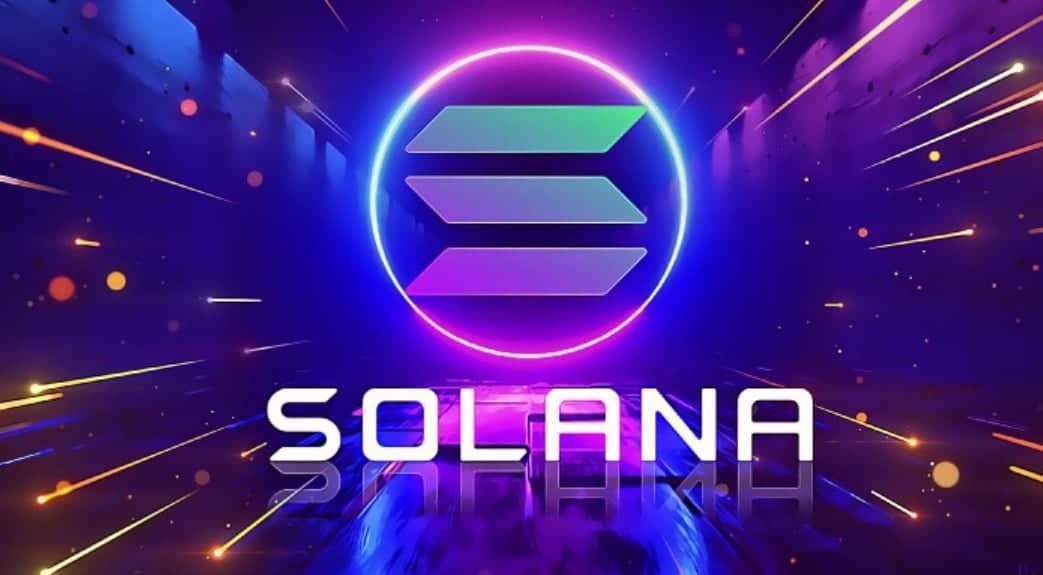- Layer-2 solutions are designed to tackle scalability challenges encountered by blockchains such as Ethereum.
- Yakovenko’s suggestion followed closely after Ethereum co-founder Vitalik Buterin expressed his concerns regarding U.S. regulators’ actions towards several crypto projects.
Anatoly Yakovenko, the co-founder of Solana Labs, believes that using Ethereum (ETH) as a layer-2 solution for the Solana (SOL) blockchain is a viable concept, despite some limitations and potential risks. In a series of tweets, Yakovenko explored the possibility of technical collaboration between the two blockchains, emphasizing that such integration is “probably more likely than you might think at first glance.”
Layer-2 solutions aim to tackle scalability challenges faced by blockchains like Ethereum, which have experienced congestion and high transaction fees during periods of high demand. In contrast, Solana stands out for its ability to handle many transactions quickly and cost-effectively, making it a promising platform for hosting diverse, decentralized finance (DeFi) applications.
Highlighting the nature of scaling solutions as “bridge protocols” that offer unidirectional security, Yakovenko asserts that if Ethereum were to function as a layer-2 solution for Solana, holders of SOL assets on the Ethereum blockchain would benefit from “finality guarantees.” This means that they would be assured of safely transitioning back to the Solana network, even in transactions involving double spending or an invalid state transition.
Would it be possible for ethereum to be a @solana L2? Probably more likely than you might think at first glance. L2s are bridge protocols that provide one way security. In this setup, holders of solana assets on ethereum would have finality guarantees that they can exit back… https://t.co/XE5ETsxGIW
— toly 🇺🇸 (@aeyakovenko) July 2, 2023
To establish this configuration, Yakovenko suggests the initial step would involve submitting all Ethereum transactions to Solana. Additionally, submitting a Simplified Payment Verification (SPV) root for the resultant state would be necessary. This SPV root would prove that Ethereum validators have achieved consensus regarding the network’s state.
Lastly, to detect and resolve potential issues within a bridge protocol, implementing a bridge timeout mechanism will be crucial. Yakovenko identifies various faults that may arise, such as conflicting SPVs for the root, invalid root computation, and censorship.
Scalability Challenges in Implementing Solana’s ETH-based Layer-2
In addition, Yakovenko pointed out the constraints and potential risks of integrating Solana and Ethereum. Yakovenko cautioned that it would not be advisable to lend or maintain positions against SOL assets while holding them on the Ethereum blockchain.
Clobs are ok, AMMs and non flash loan borrow lending protocols are not.
— toly 🇺🇸 (@aeyakovenko) July 2, 2023
A significant risk arises from the potential occurrence of an Ethereum fault or a contentious social consensus fork within the Ethereum network. If such a situation occurs, the representations of Solana assets stored on Ethereum may become detached from the consensus fork, rendering these assets essentially valueless.
Engaging in lending activities with Solana-based USDC, the stablecoin pegged to the US dollar by Circle, on the Ethereum network carries the risk of a borrower being able to withdraw the genuine USDC on the Solana network, as opposed to the Ethereum lender who will receive a “junk token.”
Yakovenko argues that this situation resembles the challenges of holding USDC on Ethereum’s Proof-of-Work (EthPow) chain, where specific tokens may encounter devaluation or functional limitations due to network-related problems or modifications. Furthermore, integrating Solana assets on Ethereum can impact different DeFi protocols.
While central limit order books (CLOBs) are expected to continue functioning as usual, automated market makers (AMMs) and non-flash loan borrowing and lending protocols might encounter limitations or difficulties. This could result in inefficiencies or constraints in liquidity provision and trading.
Kind of cool is that if ethereum is causing a censorship fault, the solana state root eth is worthless, and posted transactions can bump the gas fee to infinity to prove that ethereum is ded.
— toly 🇺🇸 (@aeyakovenko) July 2, 2023
Yakovenko’s suggestion followed closely after Ethereum co-founder Vitalik Buterin expressed his concerns regarding U.S. regulators’ actions towards several crypto projects, including Solana. The U.S. Securities and Exchange Commission (SEC) lawsuit against Binance categorized Solana as unregistered securities.
The one comment I'll make is that I feel bad that @solana and other projects are getting hit in this way. They don't deserve it, and if ethereum ends up "winning" through all other blockchains getting kicked off exchanges, that's not an honorable way to win, and in the long term…
— vitalik.eth (@VitalikButerin) June 30, 2023
Recommended for you:
- Buy Ethereum Guide
- Ethereum Wallet Tutorial
- Check 24-hour Ethereum Price
- More Ethereum News
- What is Ethereum?
Subscribe to our daily newsletter!
No spam, no lies, only insights. You can unsubscribe at any time.




